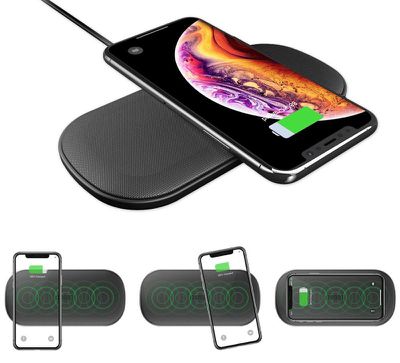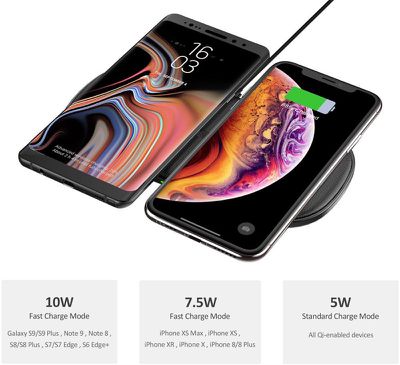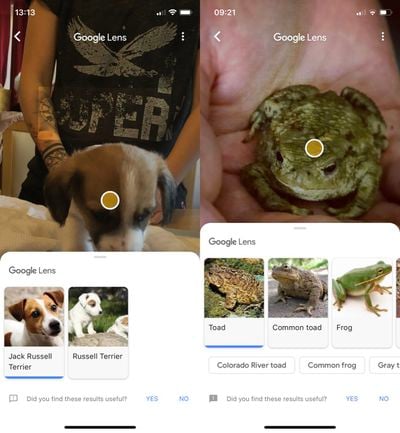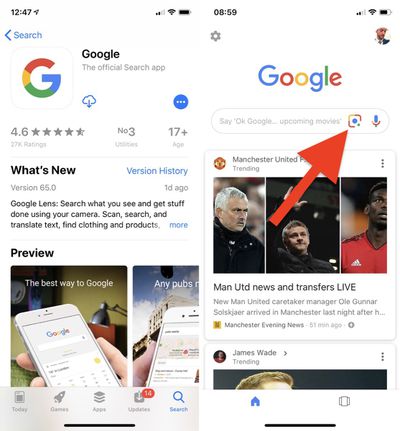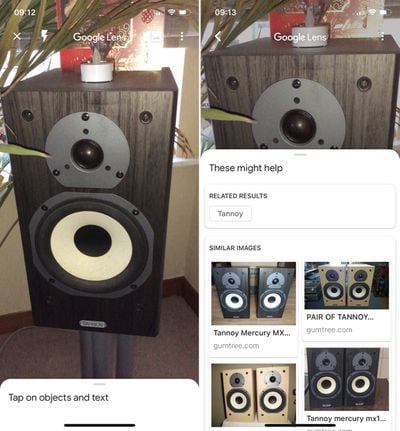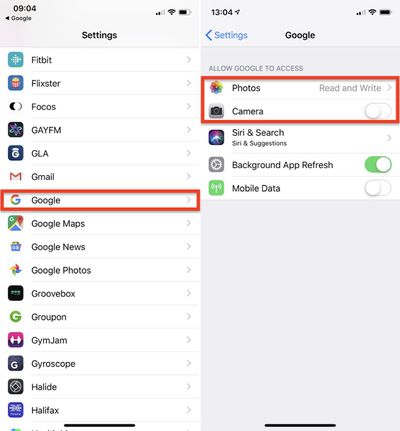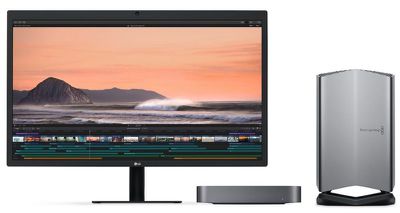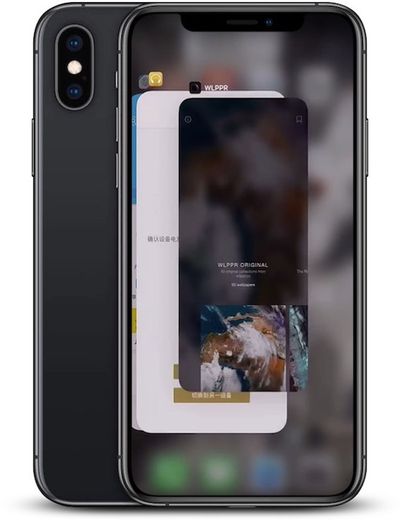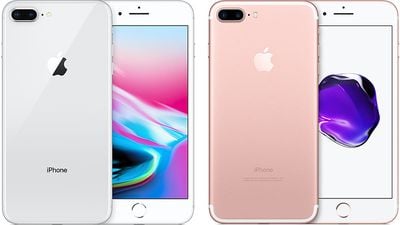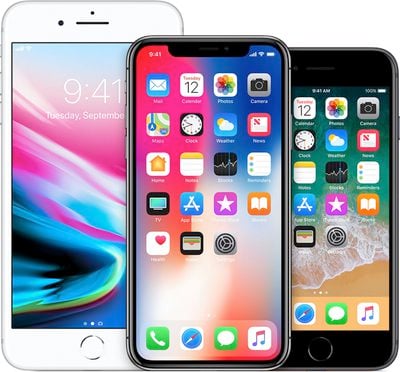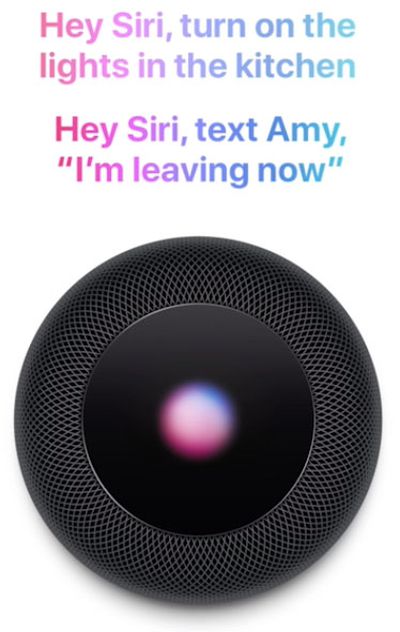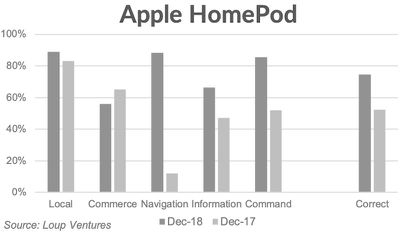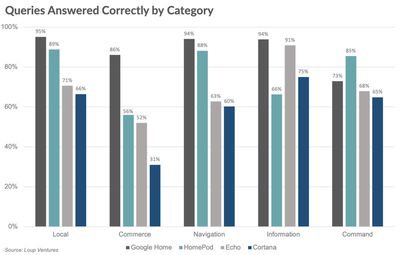 App Store & iTunes gift cards have been a popular tech-themed stocking stuffer for years. If you unwrapped one today, we have eight ideas for what to buy across the App Store, iTunes, Apple Books, and beyond in 2018.
App Store & iTunes gift cards have been a popular tech-themed stocking stuffer for years. If you unwrapped one today, we have eight ideas for what to buy across the App Store, iTunes, Apple Books, and beyond in 2018.
Start with Apple's instructions for redeeming App Store & iTunes gift cards.
1. Apple Music subscription
App Store & iTunes gift cards can be used to fund an Apple Music subscription, which costs $9.99 per month for individuals, $4.99 per month for students, and $14.99 per month for families of up to six people in the United States. Apple Music offers a free three-month trial in most countries.
Apple Music provides unlimited streaming of over 50 million songs with an active subscription and is available on an iPhone or Android smartphone, iPad, Mac or PC, Apple Watch, Apple TV, HomePod, Sonos, and Amazon Echo speakers.
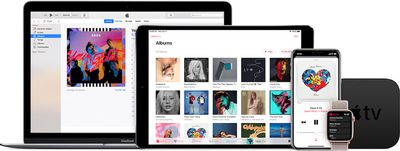
To pay for Apple Music with an App Store & iTunes gift card, simply redeem the card and the monthly or annual subscription cost will be drawn from any store credit tied to your Apple ID. If the balance is zero, then Apple Music will be billed to another valid payment method on file, such as a credit card.
2. Other subscriptions
App Store & iTunes gift cards can be used towards a variety of other subscription-based services available on the App Store, such as Netflix, Hulu, Spotify, ESPN+, Tidal, and Dropbox. These subscriptions are available within the apps.
Note that Netflix has experimented with removing the option to pay for a subscription via iTunes for new customers in certain countries.
3. iCloud storage
When you sign up for iCloud, you automatically get 5GB of free storage for photos, videos, and other files. If you need more space, you can upgrade to a larger storage plan, including 50GB for 99 cents per month, 200GB for $2.99 per month, or 2TB for $9.99 per month in the United States. Prices vary in other regions.
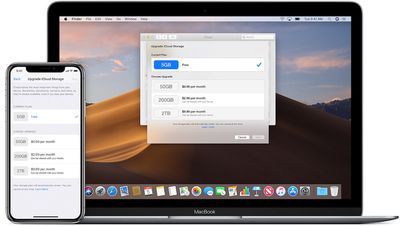
To pay for iCloud storage with an App Store & iTunes gift card, simply redeem the card and the monthly cost will be drawn from any store credit tied to your Apple ID. If the balance is zero, then the iCloud storage plan will be billed to another valid payment method on file, such as a credit card.
4. Popular paid apps and games
Nowadays, many apps and games are free and rely on in-app purchases, but these are some of the most popular paid titles on the App Store:
- Alto's Odyssey — $4.99
- CARROT Weather — $4.99
- Dark Sky — $3.99
- Deliveries — $4.99
- Fantastical 2 — $1.99
- Yoink — $5.99
- Procreate — $9.99
- LumaFusion — $19.99
- Halide — $3.99
Prices are based in U.S. dollars and vary in other regions.
5. In-app purchases and game currencies
Spend your App Store & iTunes gift card balance on in-app purchases and game currencies, be it V-Bucks in Fortnite, PokéCoins in Pokémon GO, extra moves in Candy Crush Saga, gems in Clash of Clans, or something else.
6. Holiday movies on sale in iTunes
Many holiday movies are on sale in iTunes for a limited time, including classics such as Home Alone and A Christmas Story.
$7.99:
- Arthur Christmas
- Gremlins
- The Night Before
- A Christmas Carol
- Edward Scissorhands
- Happy Christmas

$9.99:
- Home Alone
- Elf
- National Lampoon's Christmas Vacation
- Die Hard
- A Christmas Story
- The Polar Express
- How the Grinch Stole Christmas: The Ultimate Edition
- The Santa Clause
- It's a Wonderful Life
- Planes, Trains and Automobiles
- A Very Harold & Kumar Christmas
- Jack Frost
- The Nativity Story
- Miracle on 34th Street
- The Nightmare Before Christmas
- Scrooged
Prices are based in U.S. dollars and vary in other regions.
7. Disney audiobooks
Disney has a variety of audiobooks available on the Apple Book Store, with some free and others priced under $20 in the United States.
8. iMessage sticker packs
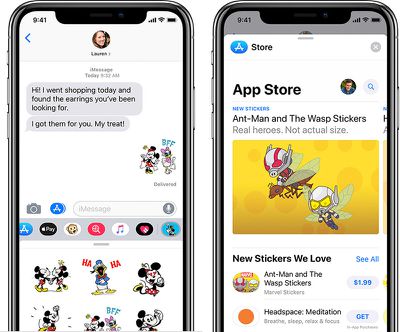
If you still have a dollar or two left in store credit after working through this lift, elevate your iMessage game with some sticker packs.
- Use iMessage apps on your iPhone, iPad, and iPod touch
- Use stickers with iMessage on your iPhone, iPad, and iPod touch
If you have any other ideas, let us know in the comments section!



